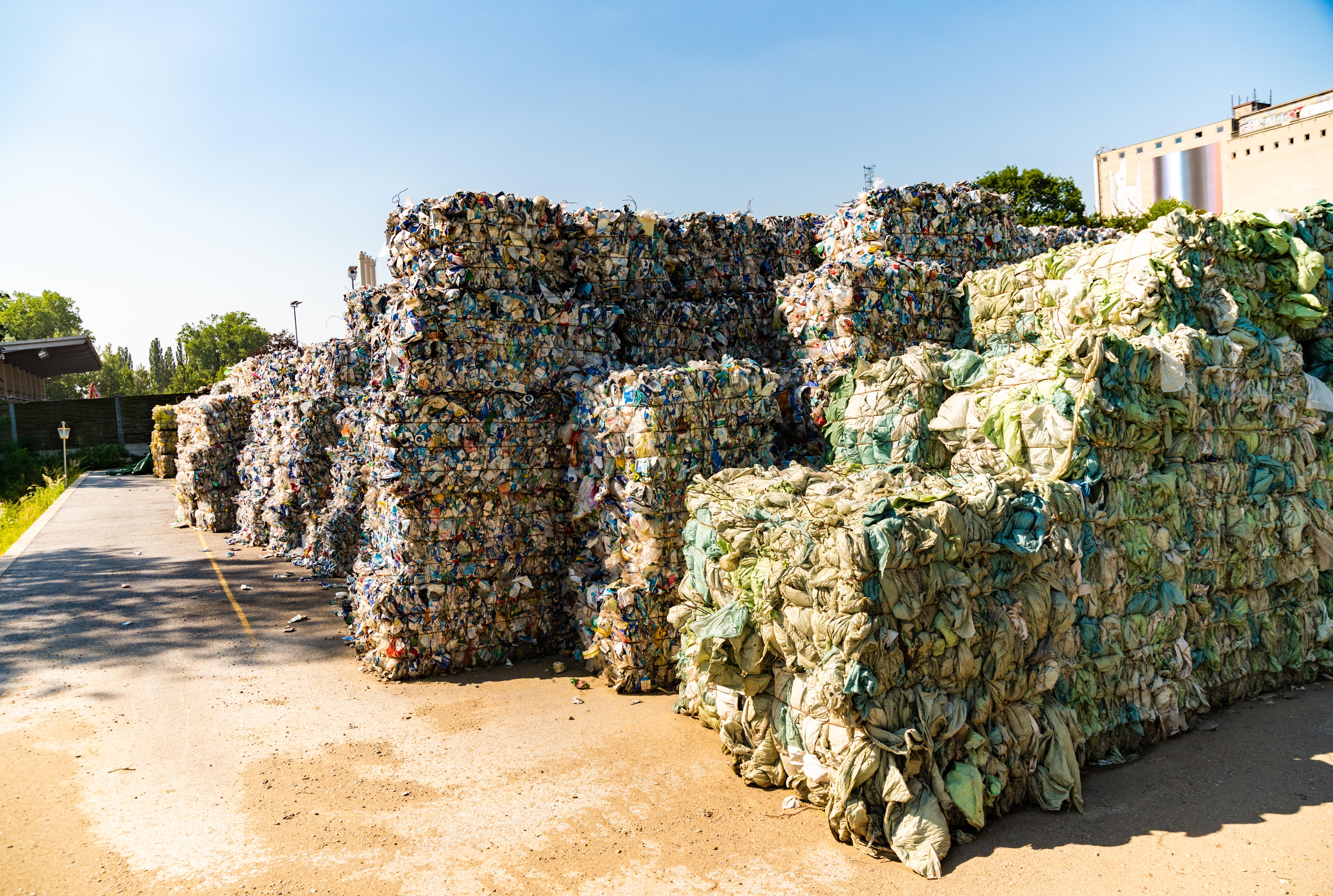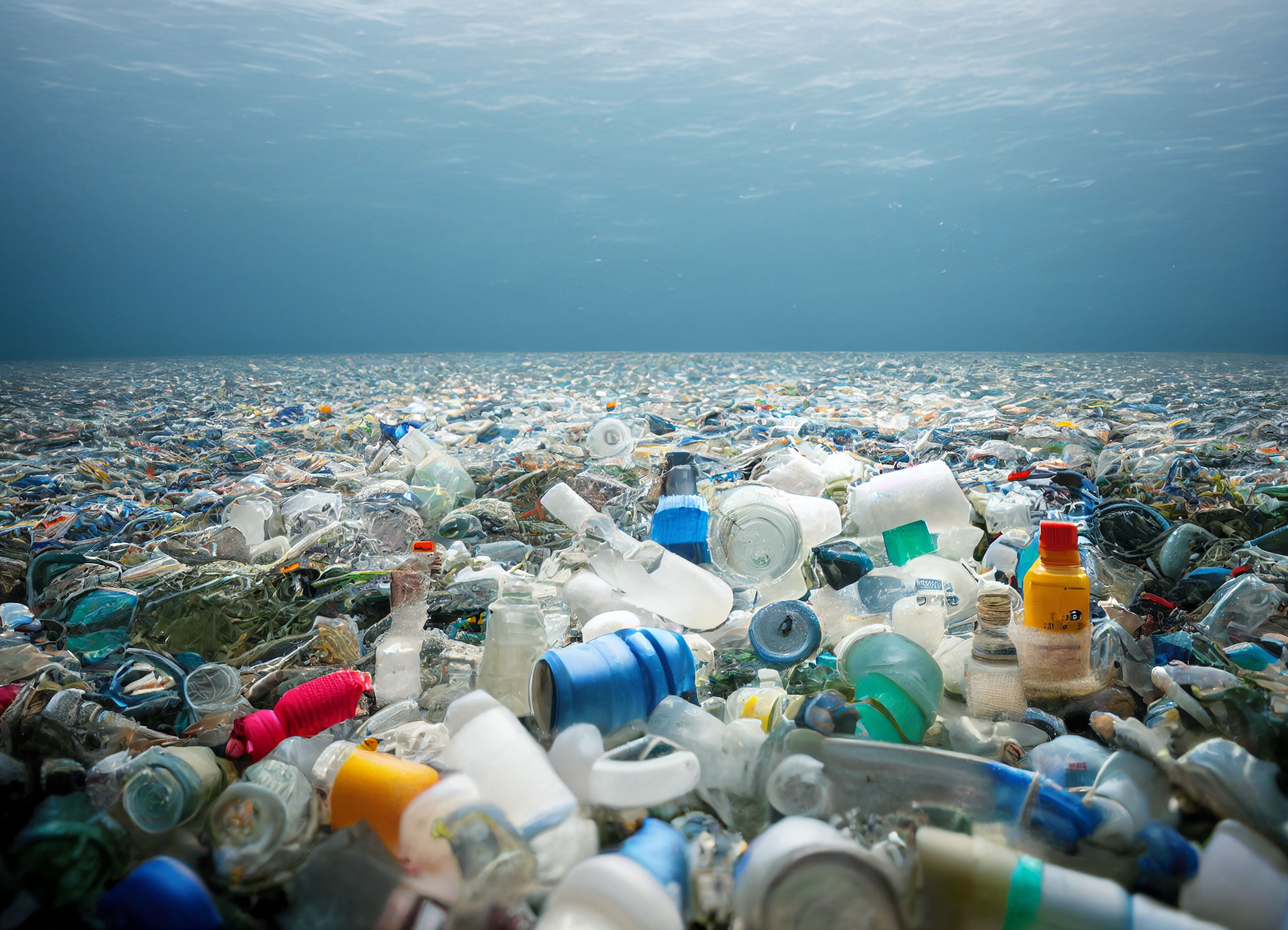13 Surprising Ways Environmental Toxins (Like Microplastics) Are Affecting Your Health
3. The Journey of Toxins: From Source to Impact

Environmental toxins follow intricate pathways from their sources to their final destinations, impacting various ecosystems along the way. Industrial activities, agricultural practices, and improper waste disposal are primary sources of these toxins. Once released, they travel through air, water, and soil, often crossing geographical boundaries. This journey not only affects local ecosystems but also has global implications, as toxins accumulate in the polar regions and deep oceans. The bioaccumulation and biomagnification of these toxins in food chains highlight the interconnectedness of ecosystems and the far-reaching impacts of human activities.
4. Marine Ecosystems: Under Siege by Toxins

Marine ecosystems are particularly vulnerable to environmental toxins, with microplastics and chemical pollutants posing significant threats. These toxins disrupt the delicate balance of marine life, affecting biodiversity and ecosystem services. Coral reefs, often referred to as the rainforests of the sea, are especially sensitive to chemical pollutants, which can lead to coral bleaching and death. The decline of coral reefs has cascading effects on marine biodiversity, affecting species that rely on them for habitat and food. Moreover, the contamination of seafood with toxins like mercury and microplastics raises concerns about food safety and human health.
